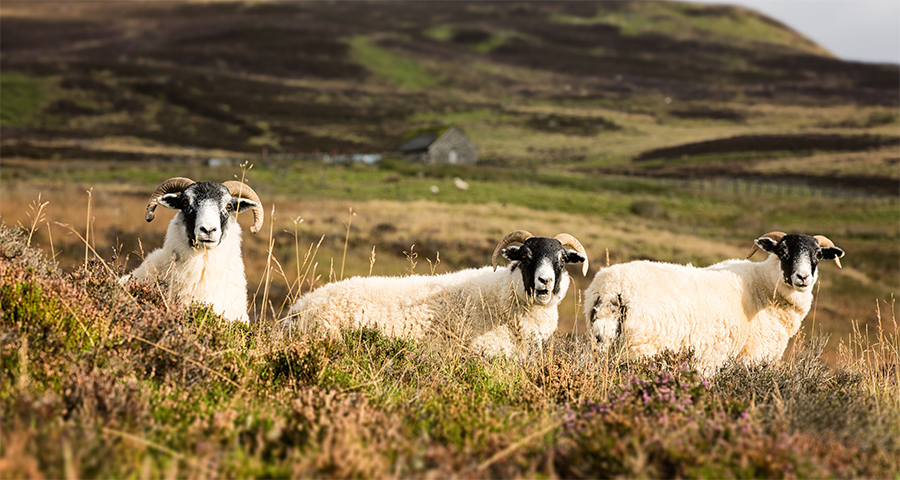
A warmer than average spring is likely to lead to the early hatching of Nematodirus eggs on contaminated pastures.
Sheep farmers with lambs born in February and early March across England, Wales, South and East Scotland are being urged to take action now to tackle the potential threat of nematodirosis, according to the NADIS Parasite Forecast for May, sponsored by Merial Animal Health.
Sioned Timothy, Veterinary Adviser for Merial Animal Health, says: “The warm weather during April has promoted the hatching of overwintered Nematodirus eggs on pasture. This will be problematic for livestock farmers if this year’s lambs have been turned out onto pastures grazed by lambs last year. Local conditions will affect hatching, so it’s vital that farmers regularly check the SCOPS or NADIS websites for current Nematodirus warnings and consult their vet for farm-specific advice.”
Group 1 ‘white drenches’ are recommended for the treatment of nematodirosis. However, this class of wormers may show limited efficacy against other worm species. Faecal egg counts (FECs) should be performed around 10 days after treatment to monitor efficacy and to rule out the involvement of other worm species, particularly if lambs are persistently scouring. Coccidiosis is also a potential cause of scouring in young lambs and farmers should consult their vet for advice on managing this disease.
Parasitic gastroenteritis caused by other worm species, such as Teledorsagia spp, will come to pose a threat as the season progresses.
Monitoring of lamb FECs, particularly if animals show signs of scouring, should guide the need for drenching. Whilst it is unlikely that treatment will be required until lambs are around four months-old, any sign of parasitic disease should be promptly investigated.
Planning in advance of the risk period for blowfly strike will help farmers limit the impact on flocks. Managing worm burdens to prevent parasitic gastroenteritis (PGE) is a key component of this, as dirty lambs will be at increased risk of fly strike. Topical preparations to prevent fly strike should be applied to sheep before the risk period, which is usually from mid-May onwards.
Sheep on farms with a known fluke risk that have not been treated in the late winter or spring should be treated now with a product that is effective against mature stages of the parasite. This will minimise pasture contamination and the challenge that animals face later in the year.
Beef and dairy farmers also need to be alert for signs of parasitic gastroenteritis in youngstock this spring. Unless they are on safe grazing, young calves in their first full grazing season will require treatment to control gutworm (Ostertagia ostertagi) and prevent the resulting losses in productivity from slower growth rates. Strategic treatment of young, susceptible cattle early in the grazing season will prevent them from establishing heavy worm burdens and minimise the build-up of larvae on the pasture. This will reduce the risk of outbreaks of clinical disease later in the year.
